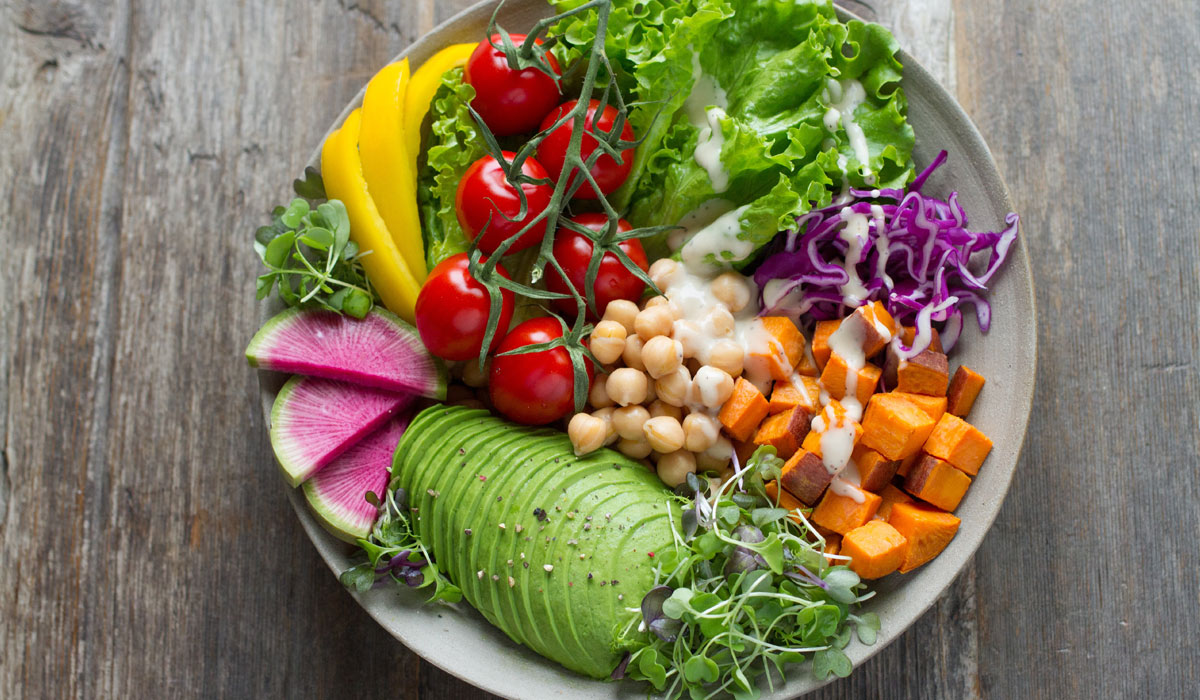Allergic reactions to foods can range from mere discomfort to serious injury or even death. For everyone involved in the food chain—the producers of raw ingredients through processors to the restaurant operator—contaminated food presents a potentially expensive and even business-ending threat. Exposure to food allergens can result in multimillion-dollar litigation, with damages to both the bottom line and a firm’s reputation.
Proper labeling of ingredients is a key way to keep allergens from infecting the food chain. But, no system is perfect. And while quick service restaurants generally have the same concerns as food manufacturers, they may be better positioned in the event of an allergen contamination due to contracts with food suppliers that transfer the risk of contaminated product back to the manufacturer.
However, there’s no guarantee that a food product will be labeled properly. Sometimes, mislabeling results from human error; in other situations, food is deliberately mislabeled.
Unintentional mislabeling can occur when something gets into the food product that the manufacturer never intended to be in the product. For example, when foreign material—say peanut shells—accidently gets mixed with peanuts while they are processed. Don’t underestimate the exposure of cross-contamination. A processing vat might be improperly cleaned between uses and residue from the first batch of food might mix with the next batch. Now the second batch is contaminated with peanuts, but the new product isn’t labeled as containing peanuts. Additionally, in food preparation areas, quick service restaurants need to be sure that they don’t contaminate product with peanuts if they are selling something that is listed as “nut free” on the menu.
In a large unintentional event, the restaurant is financially exposed if the supplier’s product recall coverage is exhausted. Restaurants need to be able to have traceability of where their ingredients are sourced from to ensure that supplier’s insurance will respond.
But restaurant owners and operators must remember that mislabeling can also occur deliberately—this is sometimes called Food Fraud. Some companies adulterate products to increase profits, using cheaper material and charging premium prices for a lower quality product. The most common type of Food Fraud involves olive oil, but spices and coffee are also common targets of food fraud, with coffee sometimes mislabeled as to country of origin.
Honey, which is another prime candidate for deliberate mislabeling, presents particularly a unique challenge. Real honey always has pollen in it. Food Fraudsters use other sugars to mimic honey, but there isn’t any pollen in the fraudulent product. The honey issue takes another turn because bees are exposed to pesticides, and the pesticide becomes part of the genuine honey. Because of the pesticides, honey processers have been sued by consumers claiming that the presence of pesticides means that the real honey is not pure.
Fish is also a popular target for Food Fraud. A processor may claim a shipment of fish was wild caught when it was actually farm raised. Fraud also occurs when a company claims it’s selling a particular type of fish, when it is in fact selling a less desirable species. This often involves tuna, because the untrained eye may not be able to distinguish tuna from another—and less desirable—type of fish. The fake tuna is sold as the real thing at the higher price real tuna commands.
The opportunities for Food Fraud seem endless. An adulterated product may be shipped into another country to evade regulatory oversight and be rebranded or repackaged to obscure its country of origin. The product is then sent to a third country. This type of fraud has become an ongoing concern for the food industry.
The federal government has been involved in food chain safety for more than a century. One critical piece of legislation is the Lacey Act of 1900, which has been amended over time. This law makes it illegal to give a false record or label of fish and wildlife intended for human consumption. There have been some prosecutions of seafood processors for violating the law.
The country of origin labeling law—or “COOL”—was part of a broader farm bill that was initially enacted in 2002. Although COOL has since been changed, its basic tenets are being enforced, once again often in regard to seafood.
Always bear in mind that the biggest harm when something is mislabeled isn’t the potential financial impact but rather the possibility a consumer will be injured, or even suffer a fatal reaction to a food substance.
To mount a defense, a restaurant has to maintain a robust quality control program. That may mean having third-party inspectors visit the facility to verify the program’s effectiveness. All food manufacturers use ingredients from multiple sources. Restaurants need to make sure suppliers have quality programs at least equal to their own, which can mean restaurants may require contractually that their quality assurance people have the right to inspect their suppliers’ facilities.
To limit your risk, carefully crafted contracts are a must. Make sure suppliers are contractually responsible for any bodily injury or property damage that arises from their operations. But, protection shouldn’t stop with contracts. No matter which link you are in the food chain, have adequate general liability insurance in place to respond to bodily injury. And make sure contractually that all of your suppliers have adequate insurance to cover any losses they may cause you.
Success depends on time. If you get notified of a problem, the faster you can respond to it the better. The risk is too great to do otherwise.
As managing director of Gallagher’s Food & Agribusiness Practice, Glenn Drees is responsible for ensuring that clients receive innovative insurance and risk management products that reduce their cost of risk. Additionally, he works to develop and maintain positive relationships with specialty food and agribusiness insurance carriers.












